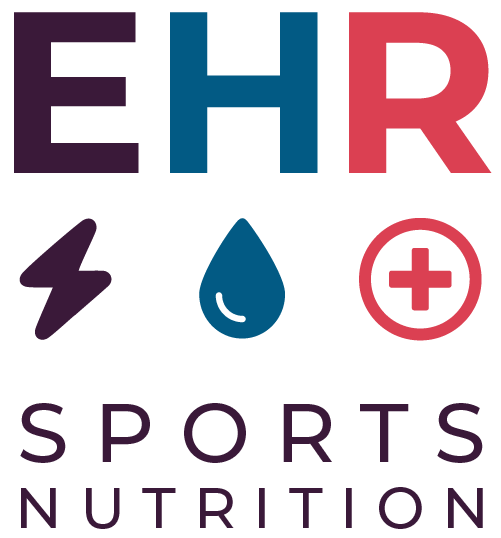
Everything you need to know about energy gels
Share
Sports nutrition is developing faster than ever before. Running faster, for longer, has always been challenging, but there is now a wide range of products that can make it easier for you. Energy gels are the most convenient and efficient way to fuel your body on the go.
Energy gels are used by triathletes, marathon runners, ultra trail runners, ironman athletes, kayakers, cyclists, rugby, basketball, soccer, hockey, weight lifters, cross-fit, tennis players, and anybody who trains at high intensity.
What are Energy Gels, and how do they work?
A runner's staple, energy gels replenish your depleted carbohydrate stores when running.
When you run, your body uses two fuel sources to feed your muscles, fat and carbohydrates. While fat is widely available, it's slower to break down into usable energy, making it ineffective when running for more extended periods or higher intensity.
Instead, your body relies on carbohydrates as its primary fuel source. Generally, the faster you run, the more your fuel will come from carbohydrates. But your body can only store a limited amount of carbohydrates in our muscles, known as glycogen; at half marathon pace, this is about 90 minutes of running and at marathon pace, about 120 minutes of running. So the average runner will run low on glycogen stores about halfway through their marathon.
The simple sugars in energy gels are first absorbed into your bloodstream as glucose, giving you a spike in energy. Active muscles and organs then utilise it. Although energy gels aren't a direct replacement, as you can't control which muscles the glucose goes to, they help fuel your run.
Energy gels contain about 25g of carbohydrates per gel in the form of simple
sugars, an accessible energy source for your body to process. One gel provides about 45 minutes of running but taking two at a time doesn't mean you'll have 90 minutes of running. Instead, you're likely to crash (or 'bonk') as your body attempts to process the sugar.
Energy Gels can also contain other ingredients to help boost your performance. Some contain electrolytes to replace lost minerals or caffeine to open up your blood vessels, speeding up the delivery of energy and giving your mind and motivation a little boost, as well as flavouring. Flavours are often fruits which can be super-food sources like berries that are rich in antioxidants to help clear the muscles of waste products.
When should you use Energy Gels?
The perfect time to take an energy gel depends on you and your body. Every runner absorbs and processes carbohydrates at a different rate; some can feel the effect within 3 minutes, while for others, it might take up to 15 minutes.
As your body diverts blood from your stomach towards your active muscles, your absorption rate slows, or sometimes your stomach shuts down completely; this is the most common cause for unwanted toilet stops during a run.
The most important rule is to have the gel before you need it, not when you feel yourself crashing or hitting the wall. Practise with energy gels throughout your training to ensure you know when and which energy gels to take.
How often should you use energy Gels?
As your digestion process slows during your run, it's important not to overload your stomach.
Wait around 45-60 minutes between gels or about 6-7 miles to ensure you don't intake too much simple sugar at once. Consider alternating between caffeine and non-caffeine energy gels to ensure you don't take on too much caffeine.
What are Energy Gels like?
While energy gels are hugely beneficial for marathon runners, there's no doubt
about it; they're not to everyone's taste. Although usually water-based, they vary in consistency from dense and thick to thinner but with a more intense flavour.
With so many on the market, flavours vary from vanilla, chocolate, and coffee, to lighter fruity flavours like orange and berry. Test several different brands and styles to find the right consistency and taste.
Remember...!
Before you use energy gels on race day, train with them first. When you run, your body prioritises sending blood to your active muscles, reducing the blood floor to your digestive tract. The lack of blood can irritate your system, as your body finds it harder to digest food and liquid, sometimes responding by trying to force anything out of your system.
Practising with gels, taking little bits at a time as you build up the mileage, will help your body adapt to using your stomach while running, causing you fewer issues on race day.
Always take water
Always take energy gels with water, never on their own or with a sports drink. Without water, they take longer to digest and enter the bloodstream.
But as energy gels are condensed sports drinks, taking them together puts you at risk of consuming too much sugar at once.




